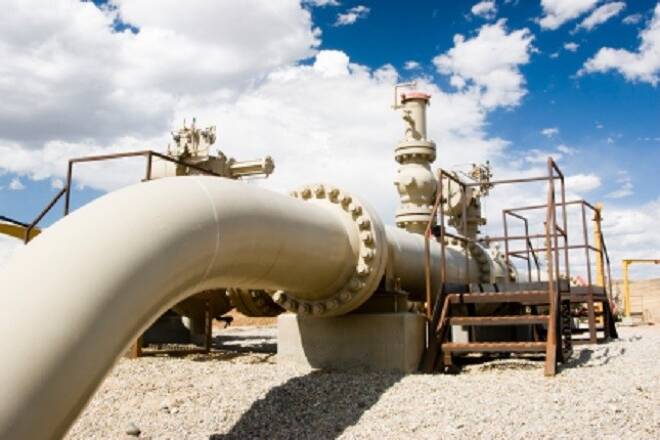Advertisement
Advertisement
Natural Gas Price Fundamental Daily Forecast – Short-Covering Could Increase Amid Reports of Intensifying Cold
By:
We’re looking for a bullish tone to develop on a sustained move over $2.648. The main trend is expected to change to up on a trade through $2.730. With cold temperatures expected to intensify at the end of the month, we’re expecting to see more short-covering as speculators make adjustments to their current short positions.
Natural gas futures are trading higher on Tuesday with buyers responding to last weekend’s cold blast and forecasts for more cold to arrive late in the month. The market is being supported by short-covering in reaction to reports that last weekend’s cold spell will continue throughout the week. Furthermore, the latest forecast models are showing the cold could intensify as the month closes out.
At 09:45 GMT, April natural gas futures are trading $2.672, up $0.017 or +0.64%.
Bespoke Weather Services Outlook
Last weekend’s cold weather was expected, but the possibility of more intense cold temperatures later in the month is what has fueled the current spate of short-covering. Furthermore, a developing system carrying significant cold is forecast to slide from the Midwest into the East into early March.
NatGasWeather Outlook
According to NatGasWeather for February 19-February 25, “A cold blast will impact the Great Lakes, Ohio Valley, and Northeast into Wednesday, with lows -0s to 20s for strong demand. Showers and cooling will sweep across North Texas and the South with lows of 20s and 30s, aided by a weather system bringing showers over Texas. The West will be cool to cold as weather systems track through. Mild high pressure will build across the South & East Thursday – Sunday with highs of 50s to 80s, warmest over the South & Southeast. Overall, national demand will be high to very high through Wednesday, then easing towards moderate late in the week through the coming weekend.”
Weekly Storage Report
Last week, the U.S. Energy Information Administration reported that domestic supplies of natural gas fell by 78 billion cubic feet for the week ended February 8. That was pretty close to the consensus estimate of 80 Bcf. Total stocks now stand at 1.882 trillion cubic feet, down 30 billion cubic feet from a year ago and 333 billion below the five-year average, the government report showed.
Forecast
We’re looking for a bullish tone to develop on a sustained move over $2.648. The main trend is expected to change to up on a trade through $2.730.
With cold temperatures expected to intensify at the end of the month, we’re expecting to see more short-covering as speculators make adjustments to their current short positions.
“There may be some stronger withdrawals closer to or above the five-year average in the second half of February,” said Daniel Myers of Gelber & Associates, an energy advisory firm.
Platts is saying, “Heating demand is estimated to continue to climb over the next seven days to average 45.9 Bcf/d, the data showed. In the month so far, demand has averaged 45 Bcf/d, down about 700 MMcf from the same time period last year.”
About the Author
James Hyerczykauthor
James Hyerczyk is a U.S. based seasoned technical analyst and educator with over 40 years of experience in market analysis and trading, specializing in chart patterns and price movement. He is the author of two books on technical analysis and has a background in both futures and stock markets.
Advertisement
